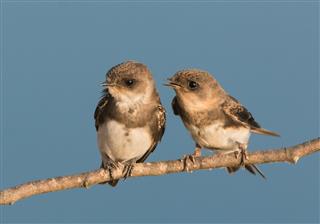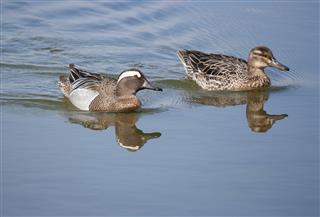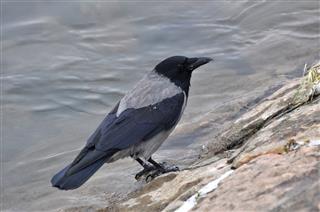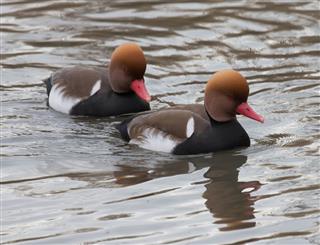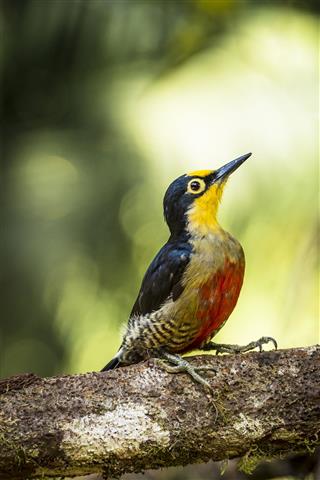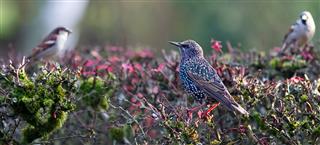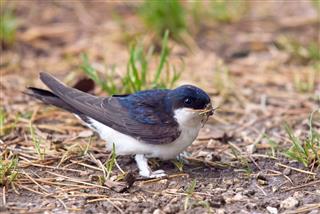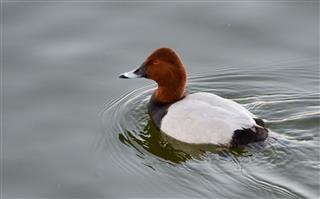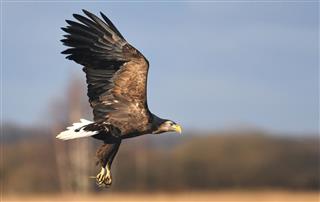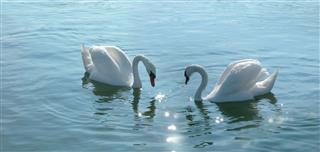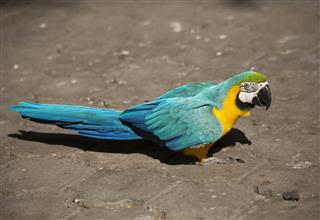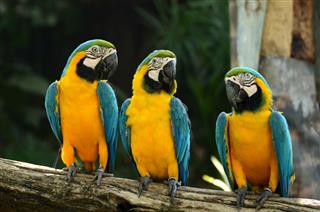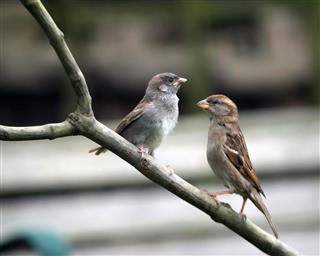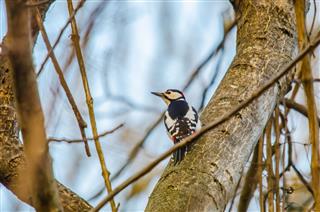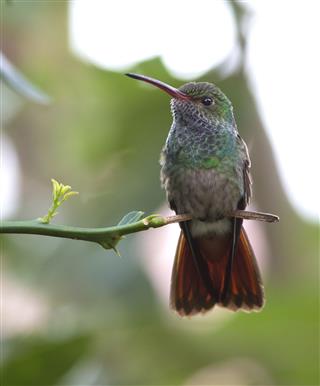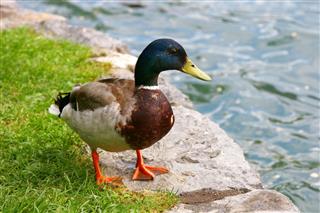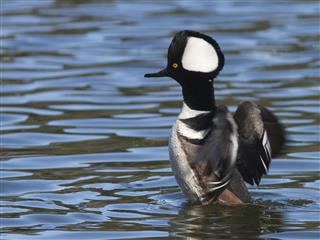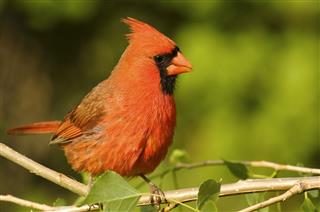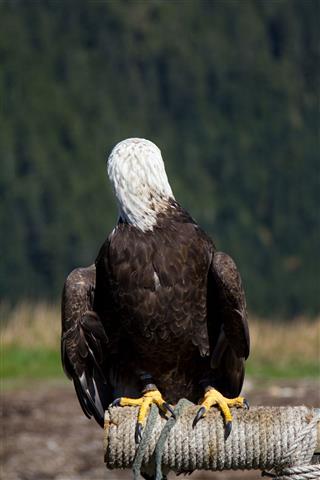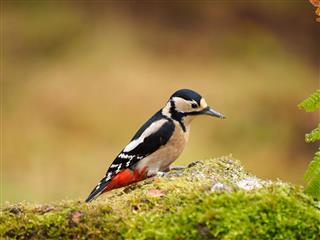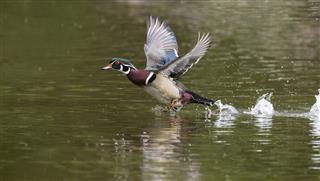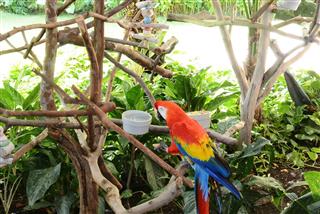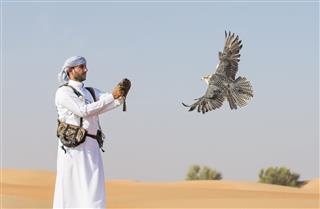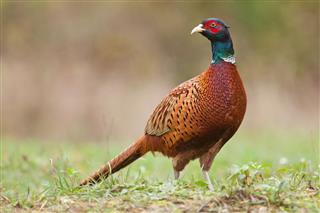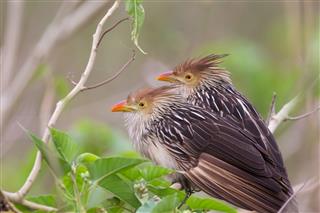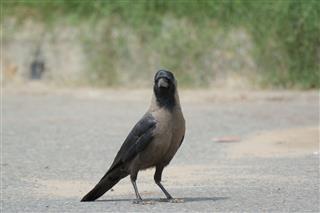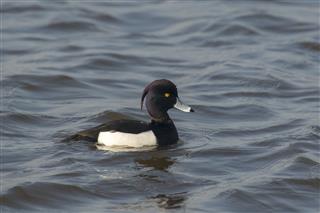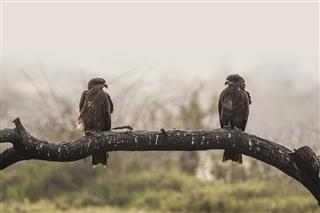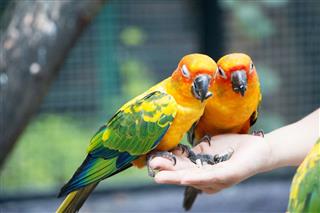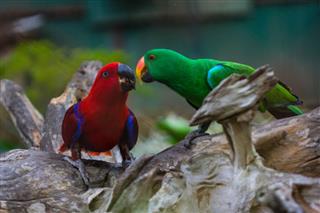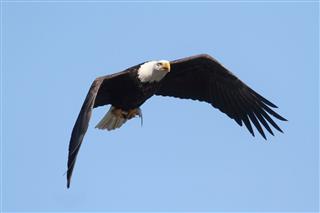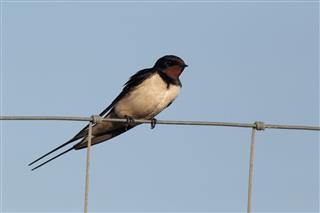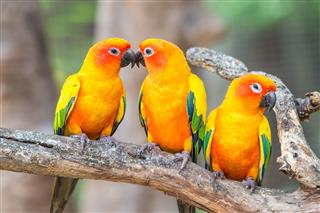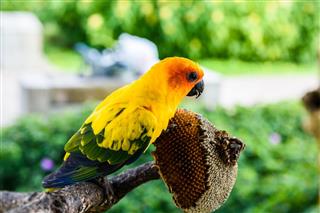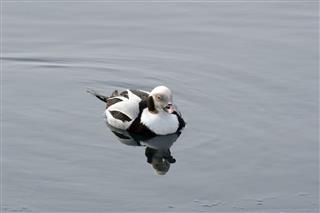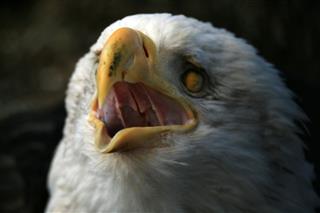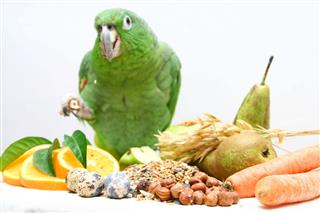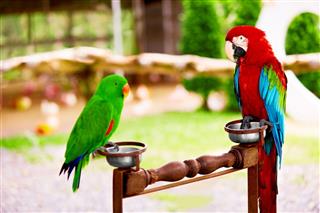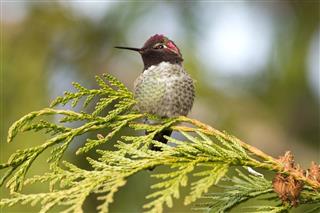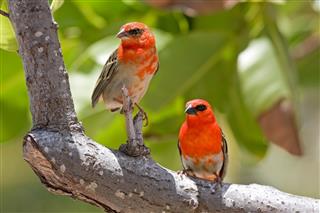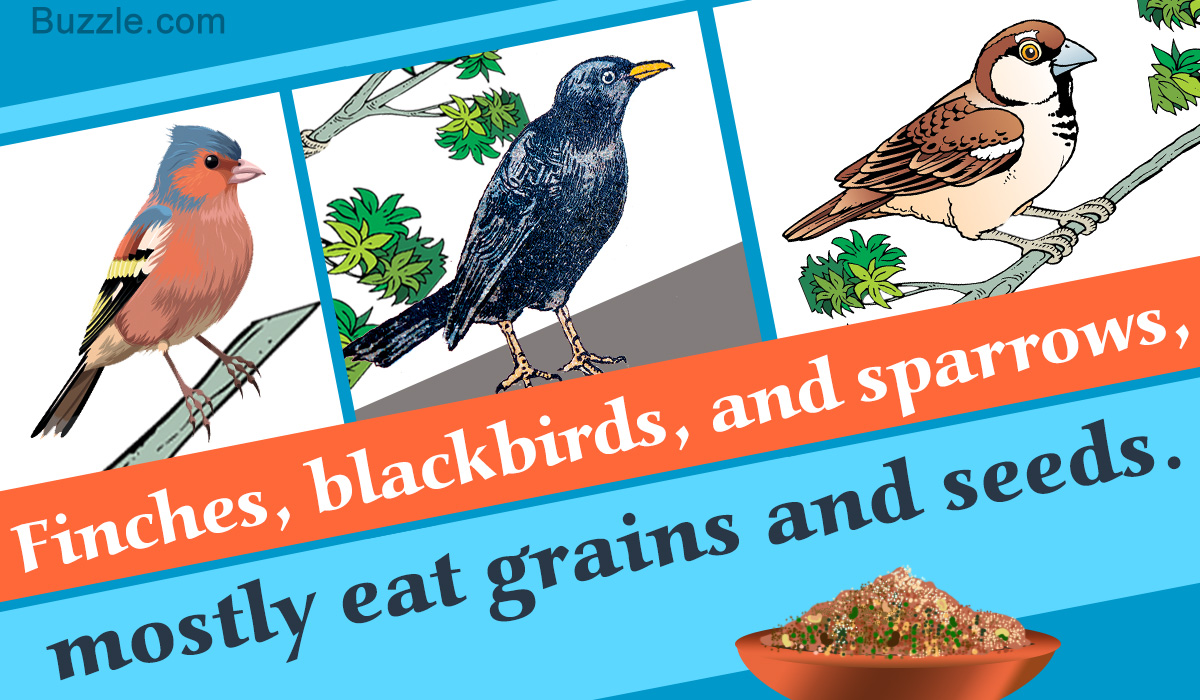
The type of food a bird may eat could vary depending on the region, seasons or the type of beak it has. Once you understand the type of food birds like to eat, you can attract them to your garden. Scroll down to learn about the foods birds usually eat.
Do you love watching birds and feeding them? Wondering what to put in the bird feeders? Birds could be herbivorous, carnivorous or omnivorous. Though most of them eat seeds, worms, plants, sap, berries, suet, nuts or meat, some are selective and will not touch all the available food. If you are a bird lover and love feeding them, you must identify the different types of birds and give them food that they might enjoy. Here is some information that might help you.
Dietary Habits of Birds
Well, there are many food items that might interest birds. While a large number of birds feed on flower nectar, berries, nuts, seeds, tree sap, buds of trees and shrubs, there are various species that eat insects/worms. Some of them hunt and eat small animals, while some scavenge on dead animals. Availability of food is an important factor in determining their eating habits. For instance, sparrows will eat seeds throughout the year, but if seeds are not available, they will eat worms. Birds need to eat more to keep themselves warm during winters. During this time, they are most likely to eat whatever is available. You could give them mealworms, seeds, corn, nuts and meat in winters. Here’s some information on different types of food that will attract birds. Put these food items in the bird feeders and you will see a lot of birds visiting your garden.
Granivorous Birds


A good way to attract them would be to put seeds and grains in bird feeders. These birds have strong and stout beaks that help in crushing seed shells. In case you have birds like cardinals, chickadees and nuthatches coming to your garden, you could either put safflower seeds in the feeders or even spread it on the ground. You can even put different types of seeds such as millet, niger seeds and corn. If you often see sparrows, juncos and cardinals in your garden, you could give cracked corn, corn cobs or cornmeal mush. If you wish to keep finches as pets, you could give them grains and even some home-cooked food.
Nectivorous Birds


As the name suggests, nectivorous birds are birds that feed on nectar. They flit from flower to flower in search for nectar. These may even visit nectar feeders. If you wish to attract them, you could keep sugar water. Hummingbirds, sunbirds and honeycreepers are nectivores. Hummingbirds enjoy drinking sugar water. You could even add honey to water. This nectar recipe will certainly help in attracting them. Cardinals, finches, woodpeckers and chickadees will also keep coming back to your garden if you keep sugar water. Some of the nectivorous birds also eat insects.
Frugivorous Birds


Many birds enjoy eating fruits, so you could also keep sliced fruits. For cockatiels, you can keep a pellet based diet that includes fruits, vegetables and seeds. Parrots, channel billed cuckoos, fig birds, toucan, orioles, bowerbirds, and certain types of woodpeckers and doves enjoy having fruits. They have solid and deep beaks that help them to eat fruits. You can feed them fruits and berries that grow in your region. Raisins, grapes, pears, oranges, bananas, peaches and apple are some of the fruits that will attract fruit-eating birds. Do cut the fruits into small slices. You could also place specialized formula for frugivorous birds.
Insectivorous Birds


Many birds need live food. You could get mealworms from the pet stores for them. Swallows, warblers, flycatchers, kingfishers and lyrebird, catbirds, eastern bluebird, chickadees, nuthatches and certain types of woodpeckers are insectivores. Warblers are often referred to as generalists as their diet comprises a wide variety of insects. Woodpeckers, nuthatches and chickadees often feed on larvae or insects that are present in the crevices of the bark of the trees. Blackbirds, crows and bluebirds often feed on bugs, caterpillars or grubs on the ground. Swallows, swifts, warblers and flycatchers feed on flying insects.
Omnivorous Birds


The birds that eat insects, meat, seeds as well as fruit are placed in the category of omnivorous birds. Ducks, blue jays, woodpeckers, emu, crows and quails are examples of birds that eat worms, insects, insect larvae, meat, fruits and seeds. Certain types of finches feed on berries, seeds as well as insects. These birds practically eat anything that can be digested. They will eat anything ranging from nuts, suet, baked goods such as bread crumbs, crackers, pancakes, soaked dried fruit, meat, insects or other leftover kitchen scraps.
Carnivorous Birds


Birds that primarily eat meat are referred to as carnivores. These are also called birds of prey. Birds such as kites, falcons, hawks, vultures and eagles hunt and eat small mammals, birds, fish and reptiles. Some of them hunt and eat specific types of animals. For instance, sharp-skinned hawks have a specialized diet that mainly includes robins, warblers and sparrows whereas ospreys are fish-eaters. They may have different hunting habits. While some may capture their prey independently, some of them may hunt in groups. Some of them even snatch or steal their prey from other birds. Bald eagles and peregrine falcons are examples of such carnivorous birds.
If you are keen on finding out about different kinds of birds and their eating habits, you must also try to understand more about their anatomy. You might have seen many birds nibbling on seeds. Well, their cone-shaped beak makes it easier to eat hard seeds. Birds like finches, sparrows and cardinals use their thick beak to eat seeds. Some might also adapt to their environment. If you are a bird-lover, you can keep such food items in the feeders to attract several birds to your garden. This way birds will keep coming back for food and you can have a great time watching them.
